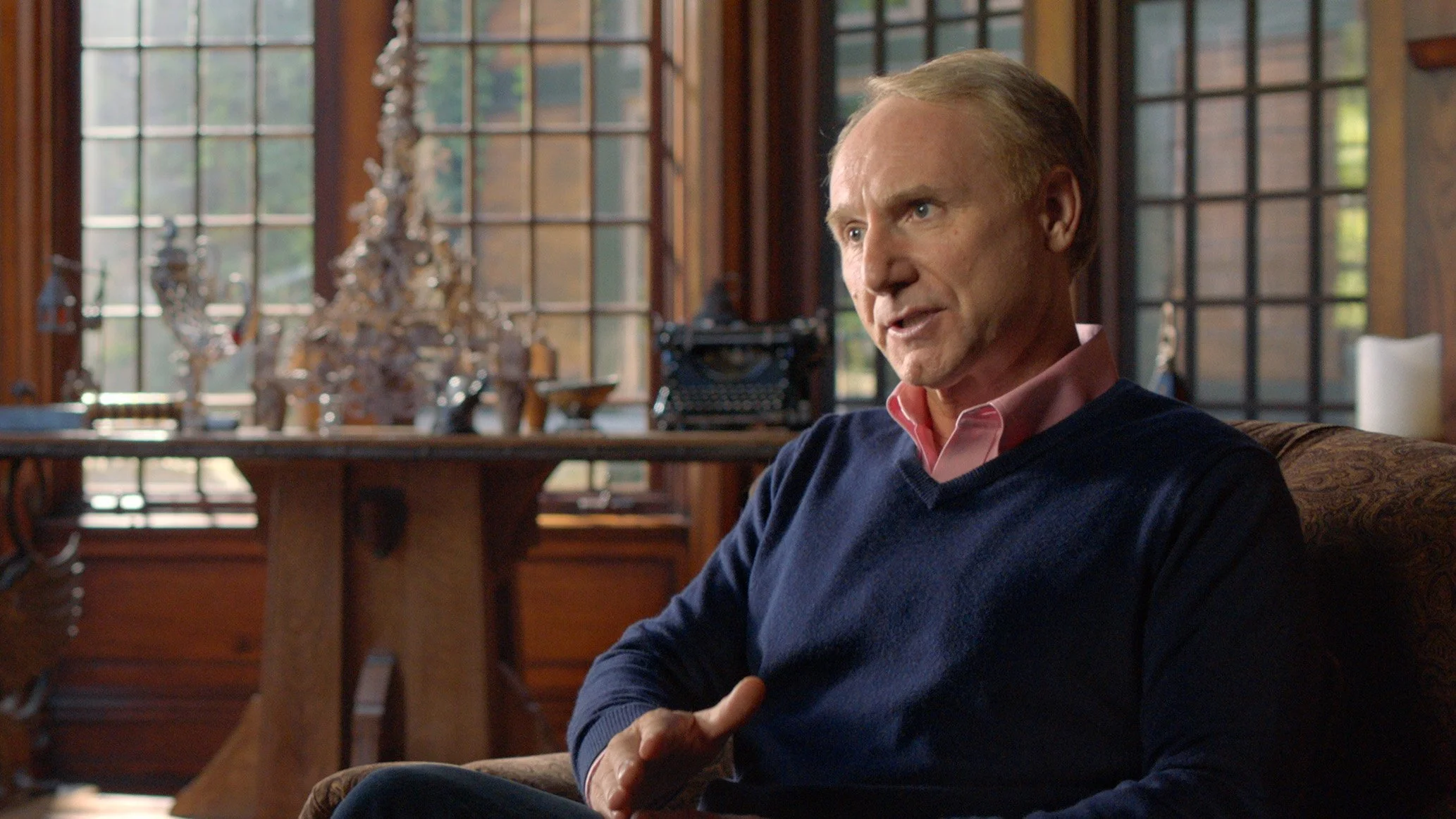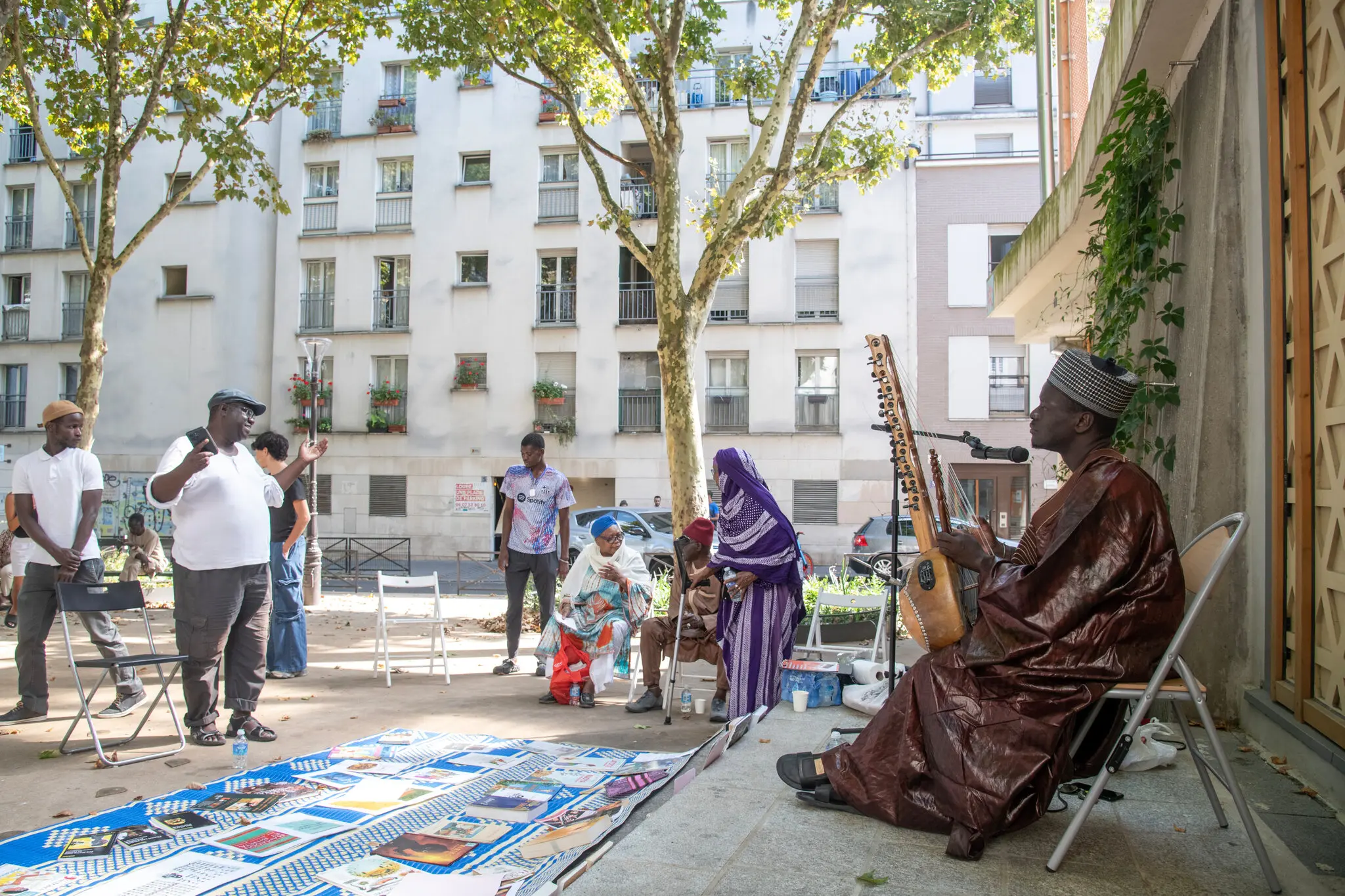Dan Brown’s Top 5 Spots to Visit in Prague
15.09.2025
Dan Brown’s Prague: 5 Places That Inspired The Secret of Secrets
Prague as a Literary Character
Dubbed the “mystical capital of Europe,” Prague became the atmospheric setting for Dan Brown’s latest novel, The Secret of Secrets. Known for turning locations into characters in his Robert Langdon thrillers, Brown found in Prague a perfect backdrop — winding alleys, gothic churches, crypts, and countless spires.
Among the city’s fascinating details is the door to the Bohemian crown jewels at St. Vitus Cathedral, which requires seven separate keys held by seven high-ranking officials, including the Czech president and the archbishop of Prague. For Brown, such symbolic mysteries are the essence of Langdon’s world.
Brown first visited Prague in the early 1980s, during the Cold War, and returned repeatedly while researching his novel. Across nearly 700 pages, Langdon explores both iconic and hidden corners of the city — from Prague Castle to the Church of Our Lady Victorious, home of the famous Infant Jesus of Prague. Folklore, like the legend of the Golem and the esoteric pursuits of Emperor Rudolf II, also enrich the story.
Here are five Prague locations that sparked Brown’s imagination and made their way into his book.
1. Black Angel’s Bar
Beneath the Hotel U Prince near Old Town Square lies Black Angel’s Bar, a Gothic cellar that feels otherworldly. Known for inventive cocktails like the Black Angel’s Medicine, the bar’s menu is inspired by recipes discovered during a 2009 renovation — journals and notes belonging to a mysterious Alois Krcha from the early 20th century.
Brown described the space as “stepping into another world,” where live piano music adds to the ambiance. He even celebrated finishing The Secret of Secrets there, raising a Last Word cocktail with friends.


2. The Dripstone Wall
In the Wallenstein Garden, near Prague Castle, one striking feature stands out: the Dripstone Wall, a 35-foot limestone facade built in the 1620s. Though legends claim hidden passages run through it, the wall is purely decorative. Still, its eerie shapes and rock formations give the impression of faces staring back, a phenomenon Brown compared to pareidolia — seeing patterns where none exist.

3. Folimanka Bomb Shelter
For a glimpse into Prague’s more recent past, Brown ventured underground into the Folimanka Bomb Shelter. Built during the Cold War, this nuclear bunker could accommodate 1,300 people in case of attack.
The bunker, partially preserved, plays a central role in the novel. Accessible once a month for free guided tours, the site remains a chilling reminder of Prague’s 20th-century history.

4. The Baroque Library at the Klementinum
The Klementinum complex, once the headquarters of the Jesuits, is home to one of the most breathtaking libraries in the world. With ceiling frescoes dedicated to wisdom, gilded Rococo details, and over 20,000 volumes on astronomy and science, the Baroque Library left a deep impression on Brown.
In the novel, even as Langdon faces peril, he cannot resist marveling at its beauty. Brown himself calls it “one of the most beautiful rooms anywhere,” complete with antique globes and hidden passages that fit seamlessly into his storytelling.

5. Petrin Tower
Built in 1891 and modeled after the Eiffel Tower, Petrin Tower rises 192 feet above Prague’s Petrin Hill. Together with the elevation of the hill, it matches the Paris landmark’s height.
Though Brown initially avoided the climb due to his claustrophobia, he eventually rode the small elevator to the top to capture Langdon’s perspective. The reward was panoramic views of Prague, which he wanted readers to experience through his protagonist’s eyes.

A City of Secrets
For Brown, Prague is more than a setting — it’s a treasure trove of history, myth, and symbolism. By weaving real places like Black Angel’s Bar and the Baroque Library with legends of alchemists and the Golem, The Secret of Secrets allows readers to wander the city’s streets alongside Robert Langdon, uncovering mysteries both imagined and real.











Leave a Comments